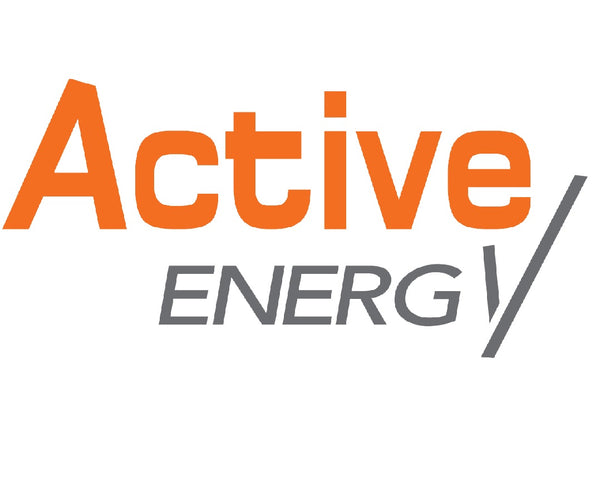Inverters are devices that convert direct current (DC) electricity into alternating current (AC). Low-frequency inverters operate at a lower frequency compared to standard or high-frequency inverters. The frequency of AC power is measured in Hertz (Hz), and standard household electricity typically has a frequency of 60 Hz in the United States or 50 Hz in many other parts of the world.
Here are some key points about low-frequency inverters:
-
Output Frequency: Low-frequency inverters often produce a sine wave output with a frequency of 50 Hz or 60 Hz, making them suitable for powering devices that require standard AC power.
-
Applications: They are commonly used in off-grid solar power systems, backup power systems, and in situations where the power source (such as a generator) operates at a lower frequency.
-
Motor Starting Capability: Low-frequency inverters are often preferred for applications involving motor-driven devices, such as well pumps or power tools, as they provide better motor starting capabilities.
-
Transformer-Based Design: Some low-frequency inverters use a transformer-based design, which can provide certain advantages such as increased surge capacity and better compatibility with certain loads. However, this design can make the inverter heavier and less efficient compared to transformerless high-frequency inverters.
-
Cost and Efficiency: Low-frequency inverters can be more expensive and less efficient than their high-frequency counterparts. However, they are chosen for specific applications where their characteristics are advantageous.
It's important to note that the choice between low-frequency and high-frequency inverters depends on the specific requirements of the application, the types of loads to be powered, and the overall system design.
